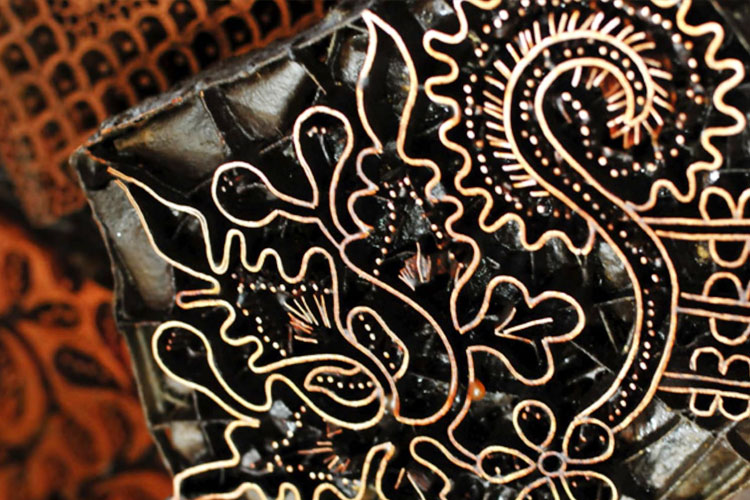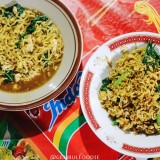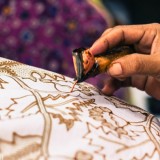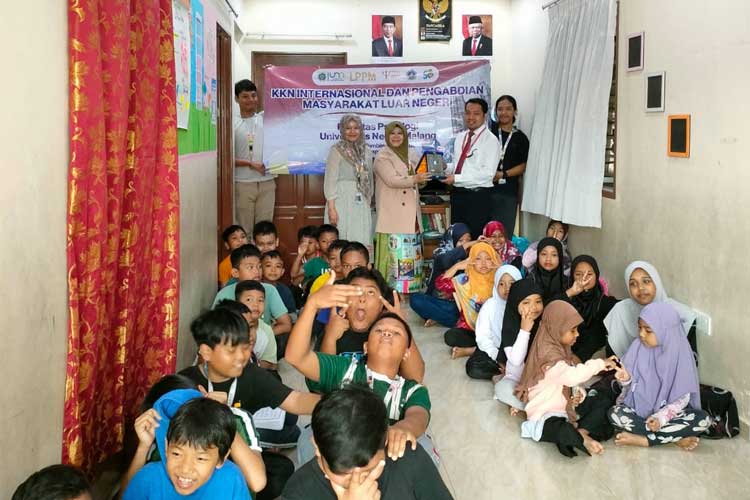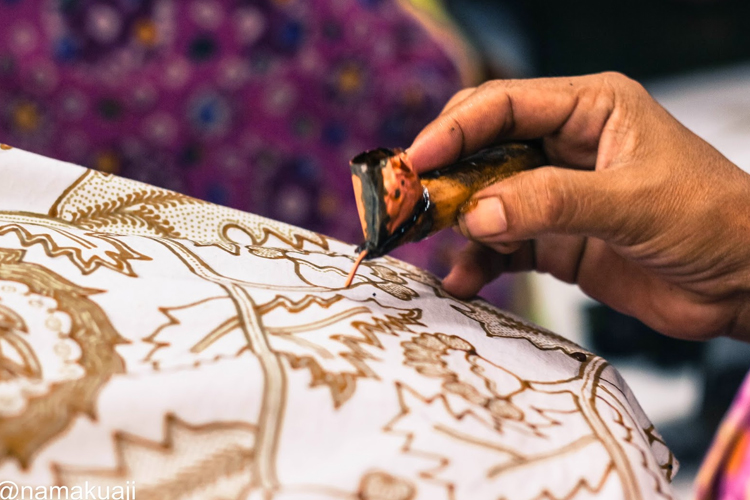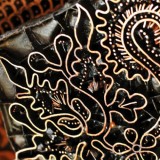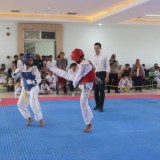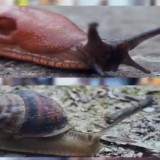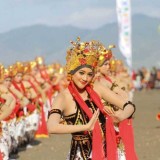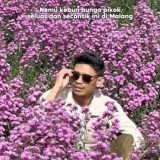TIMES HONGKONG, BANYUWANGI – Batik Gajah Oling, one of the most recognizable batik motifs from Banyuwangi Regency, has been officially recognized as an Expression of Traditional Culture (EBT) by the Ministry of Law and Human Rights of the Republic of Indonesia (Kemenkumham RI).
This recognition was granted through a communal intellectual property (KIK) inventory recording letter, making Gajah Oling a legitimate cultural heritage of Banyuwangi region. The head of the local area, Plt. Regent of Banyuwangi Sugirah, expressed her gratitude for this recognition.
"We are all very grateful. The Gajah Oling batik motif is now legally recognized as originating from Banyuwangi. We will continue to encourage other batik motifs to be registered as well," she said on Sunday, October 20, 2024.
Gajah Oling is one of the various batik motifs in Banyuwangi, and it is arguably the most famous. The Gajah Oling design combines the image of an elephant and an uling, a type of eel. There are several interpretations of the meaning of this motif, but the most common is as a symbol to remember God.
In this case, Oling comes from the word iling, which means to remember, while the elephant symbolizes something big, which can be interpreted as the Almighty God.
Sugirah emphasized that the listing of Gajah Oling as a cultural heritage is proof that batik has become an important part of Banyuwangi's art and culture. The local government together with various stakeholders have a great responsibility to preserve the batik heritage in this area.
One of the concrete steps in batik preservation efforts is through the organization of Banyuwangi Batik Festival (BBF). "BBF is one example of the local government's seriousness in preserving and developing Banyuwangi's batik industry," he added.
In 2024, the festival highlighted Banyuwangi's old batik motif, Jenon. Previously, the Gajah Oling motif was featured in the festival along with other motifs such as Galaran, Sembruk Cacing, Gedekan, Kangkung Setingkes, Paras Gempal, and Jajang Sebarong, as well as Sekar Jagad Blambangan.
"Since 2013, we have been committed to highlighting one by one typical Banyuwangi motif in every BBF event. This is part of the rich ancestral heritage that we must protect, preserve and develop," said Sugirah.
The Banyuwangi Regency Government is committed to continuing to facilitate the legal recognition and recording of local cultural diversity, including the diversity of existing batik motifs.
"We will continue to strive so that the cultural diversity of Banyuwangi, including its distinctive batik motifs, is legally recognized," Sugirah concluded.
With this official recognition, it is hoped that Batik Gajah Oling will not only become a symbol of Banyuwangi's identity, but also increase public awareness and the younger generation of the importance of preserving local culture. Through strategic steps, it is hoped that the Banyuwangi batik industry can grow and develop, and become an attraction for local and international tourists. (*)
Artikel ini sebelumnya sudah tayang di TIMES Indonesia dengan judul: Batik gajah Oling: The Traditional Cultural Expression of Banyuwangi
| Writer | : |
| Editor | : Khodijah Siti |
